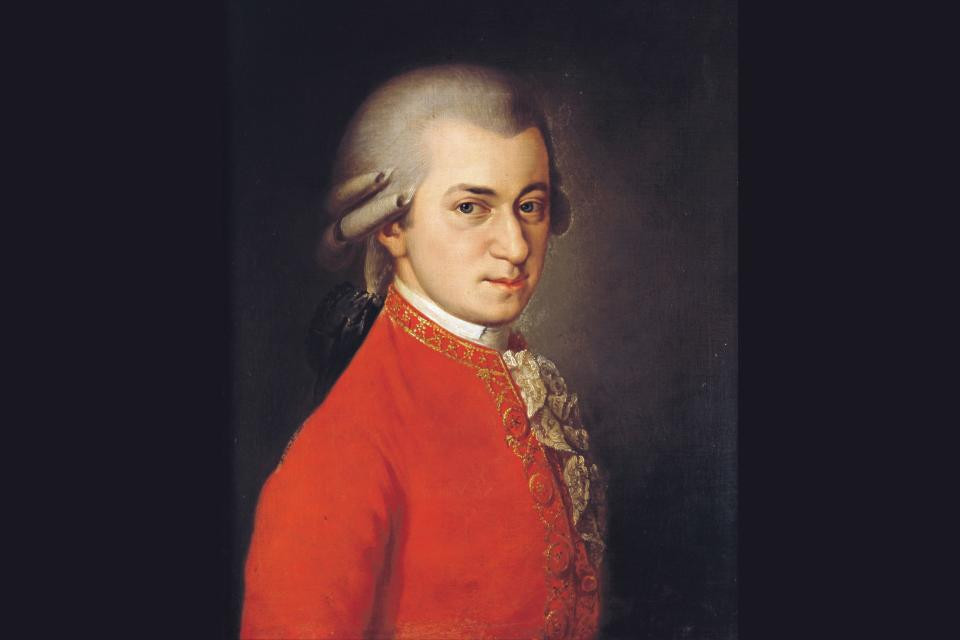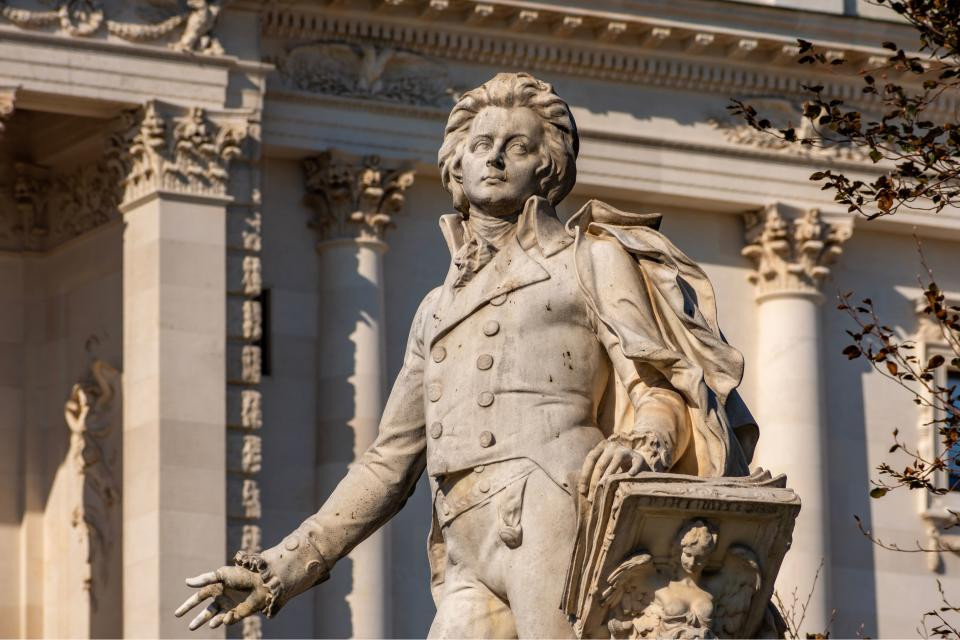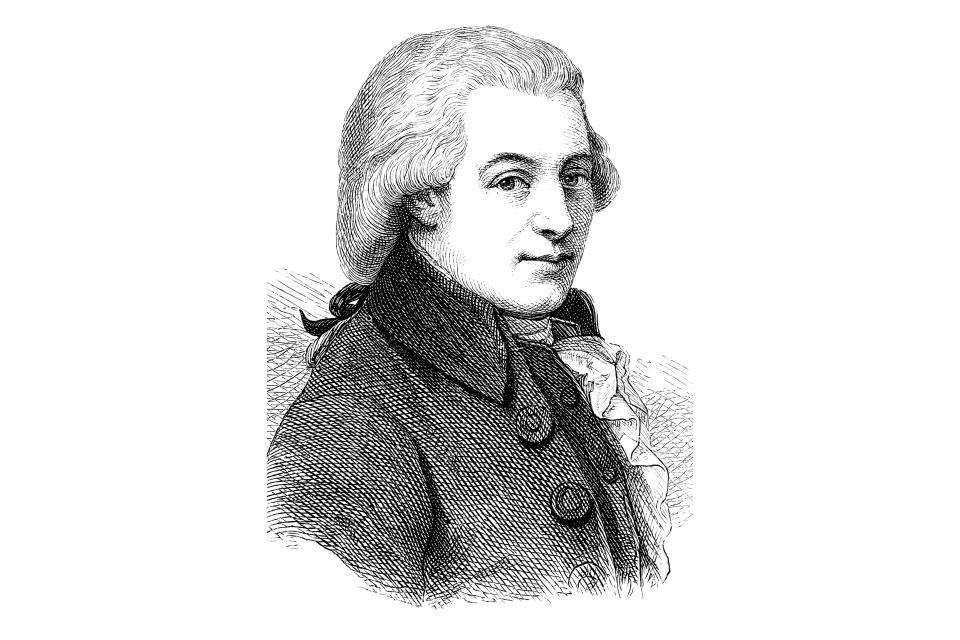 Various classical music instruments and sheet music representing the genre of classical compositions, relevant to the discovery of a new Mozart song.
Various classical music instruments and sheet music representing the genre of classical compositions, relevant to the discovery of a new Mozart song.
For centuries, the world believed that Wolfgang Amadeus Mozart’s incredible musical journey concluded with his untimely death in 1791. However, music history has been rewritten with the exciting discovery of a previously unknown Mozart piece. Archival researchers in Leipzig, Germany, stumbled upon this unreleased composition, penned during Mozart’s formative teenage years, adding a fascinating new chapter to the composer’s legendary oeuvre. Let’s delve into the details of this remarkable find and explore the enthusiastic response from Mozart aficionados worldwide.
Unearthing a Musical Treasure: Mozart’s “Ganz kleine Nachtmusik”
While meticulously revising the Köchel catalogue, the definitive chronological inventory of Mozart’s vast works, researchers at the Leipzig Municipal Library made the astonishing discovery. They identified a manuscript that turned out to be a Mozart’s previously unknown composition, hidden within their archives.
The newly discovered piece, elegantly written in dark brown ink on traditional laid paper, exhibits compositional characteristics that strongly suggest it was created during Mozart’s early teenage years, likely in the 1760s. Experts at Classic FM have noted the compositional style aligns with his youthful period, offering valuable insights into his early development as a composer.
Originally titled “Serenate ex C,” the rediscovered manuscript has been aptly renamed “Ganz kleine Nachtmusik.” This translates from German to “quite small night music” or “very little night music,” a clear and charming reference to Mozart’s universally beloved masterpiece, “Eine kleine Nachtmusik” (A Little Night Music). Shortly after its momentous discovery, “Ganz kleine Nachtmusik” was brought to life in a live premiere performance at the prestigious Leipzig Opera, marking a historic moment for classical music.
 Portrait of Wolfgang Amadeus Mozart, the renowned classical composer, emphasizing his historical importance in music.
Portrait of Wolfgang Amadeus Mozart, the renowned classical composer, emphasizing his historical importance in music.
Delving Deeper into “Ganz kleine Nachtmusik”
Throughout his illustrious career, Mozart’s prolific output exceeded 600 compositions. His works are celebrated for their signature simplicity, balance, and inherent symmetry. These hallmarks are already subtly present in “Ganz kleine Nachtmusik,” offering a glimpse into the burgeoning genius of the young composer.
“Ganz kleine Nachtmusik” is structured into seven concise movements, designed for performance by a string trio. This intimate setting allows for clarity and showcases the intricate interplay between the instruments. The entire piece spans approximately 12 minutes, making it a delightful and accessible addition to the Mozart repertoire.
Further solidifying the dating of the piece to Mozart’s youth (around ages 10 to 13) is the notable absence of “Amadeo” in the composer’s attribution on the manuscript. Mozart didn’t incorporate “Amadeo,” his middle name, into his signature until 1769, when he reached the age of 19. This detail provides a crucial clue in pinpointing the composition’s origin.
A Premiere Performance for the Ages
 Statue of Wolfgang Amadeus Mozart in Vienna, Austria, commemorating his legacy and influence in classical music and culture.
Statue of Wolfgang Amadeus Mozart in Vienna, Austria, commemorating his legacy and influence in classical music and culture.
The world premiere of “Ganz kleine Nachtmusik” took place on Saturday, September 21st, at the Leipzig Opera. The performance was held outdoors and drew a massive crowd of eager listeners, excited to witness a piece of music history.
Anticipation was palpable as fans formed a line stretching nearly a quarter of a mile, all waiting to experience Mozart’s new song brought to life by talented graduates of the Johann Sebastian Bach Music School. The event was a resounding success, with attendees and online viewers alike expressing their admiration for the performance and their sheer joy at hearing a previously unknown work from the master composer.
Enthusiastic reactions flooded social media, with fans playfully imagining “Mozart’s new song” climbing the Billboard charts and humorous comparisons to contemporary artists. This discovery has not only enriched the world of classical music but has also captured the imagination of a broader audience, demonstrating Mozart’s enduring appeal across generations.
Wolfgang Amadeus Mozart: A Timeless Legacy
 Another portrait of Wolfgang Amadeus Mozart, highlighting his youthful image and genius as a prolific composer from a young age.
Another portrait of Wolfgang Amadeus Mozart, highlighting his youthful image and genius as a prolific composer from a young age.
Wolfgang Amadeus Mozart was born in Salzburg, Austria, on January 27, 1756. His father, Leopold Mozart, was a composer and violinist who recognized and nurtured Wolfgang’s extraordinary musical talent from a very young age. By the age of six, Mozart was already astonishing audiences as a keyboard prodigy and demonstrating remarkable compositional abilities.
Mozart’s most productive period coincided with the Classical era (1750-1820). During this relatively short lifespan, he created a monumental body of work that continues to inspire and move listeners. His compositions, encompassing operas, symphonies, concertos, chamber music, and more, are considered cornerstones of Western classical music.
Among his most celebrated creations are operas such as Le Nozze di Figaro, K. 492, whose timeless melodies have resonated across cultures and even graced the silver screen in films like The Shawshank Redemption and Trading Places.
Mozart’s life was tragically cut short in 1791. While the exact cause of his death remains debated, it is believed to be linked to complications from recurrent tonsillitis that plagued him throughout his life.
The discovery of “Ganz kleine Nachtmusik” serves as a powerful reminder of Mozart’s enduring genius and the boundless treasures that can still be unearthed from the past, offering fresh perspectives on one of history’s most beloved musical figures.


